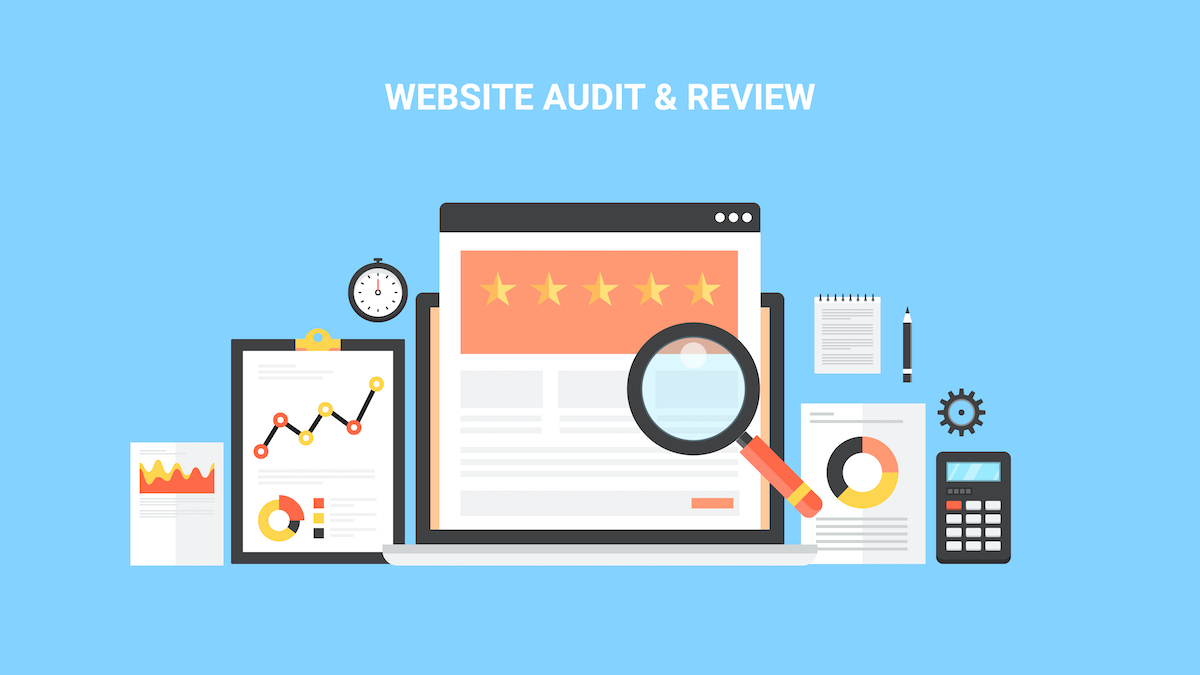Essential tools for server operators in action
The Internet is a very dangerous place. A server with a public IP address could become the subject of an attack virtually at any time of its operation. Indeed, any service that is vulnerable to any extent is likely to be exploited at some point if left this way; no server operator can deny playing this cat-and-mouse game with hackers.
Not all hackers meet the stereotypes attributed to them, though. One does not have to be an ingenious IT specialist with very tricky ideas to try and exploit servers. Picking an exploit kit written by someone else, and letting it run on arbitrary IP addresses is essentially free, and it will surely harvest something: sooner or later it will run into a content management system on a website whose owner failed to apply some important security update, or web-based database management console left open to the public. All these could result in an administrator’s access to the server, which may lead to dramatic consequences for the owner.
It is always instructive, for instance, to frequently take a good look at the access log of your web servers. Let us conduct a bit of an investigation to illustrate what is typically going on.












































